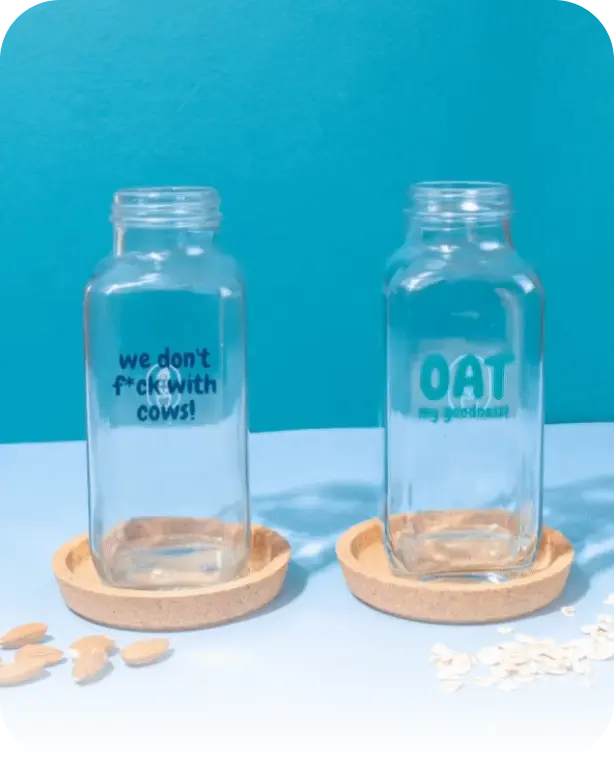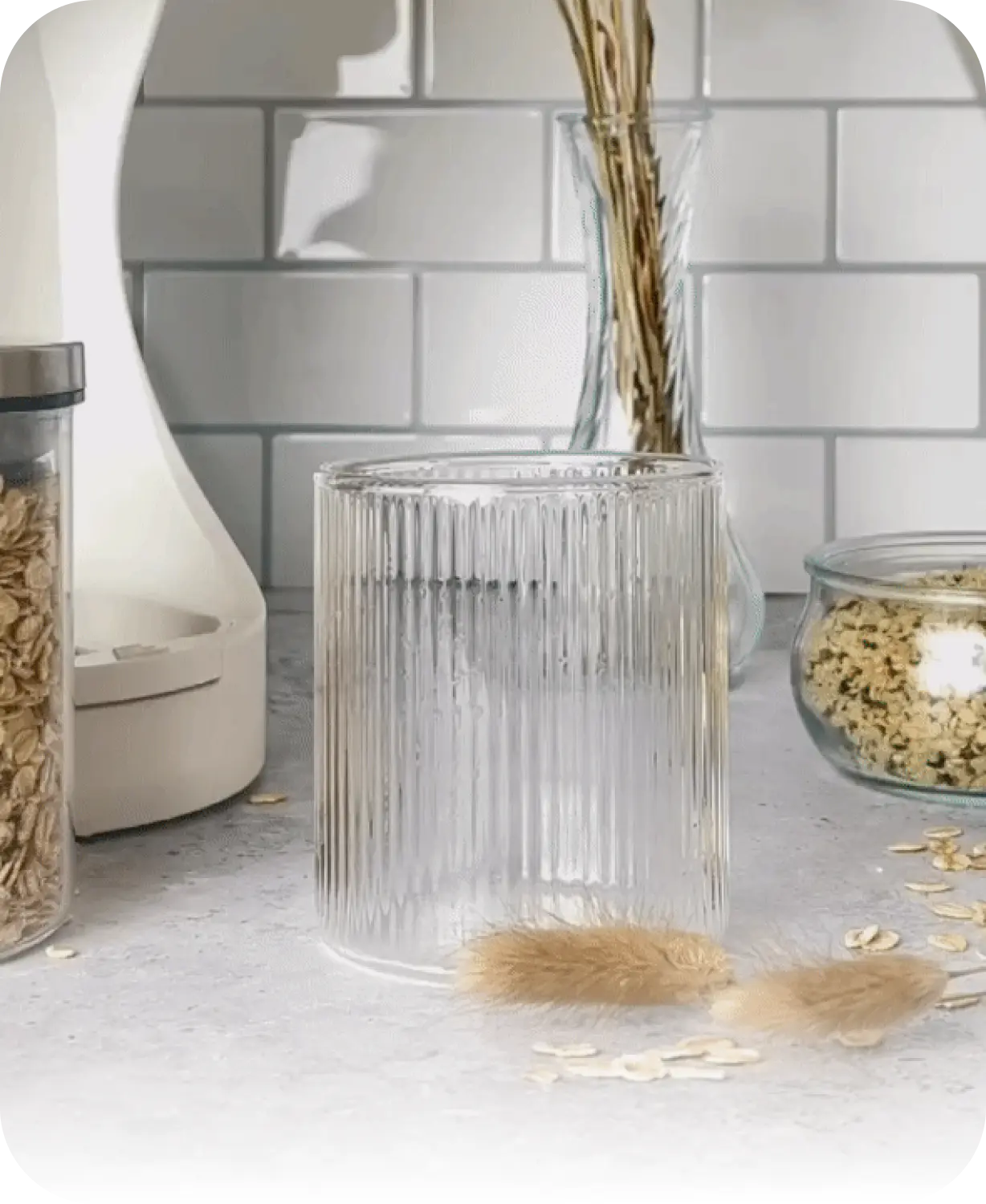Homemade plant milk is a delicious, nutritious, and sustainable alternative to store-bought varieties. However, summer's heat can make it challenging to keep your plant milk fresh. Proper storage and preservation methods are essential to ensure that your homemade plant milk remains safe and enjoyable. Here are some tips and techniques to help you store and preserve your homemade plant milk during the warmer months.
Choose the Right Container
Selecting the right container is crucial for maintaining the freshness of your plant milk. Opt for glass bottles or jars with airtight seals. Glass is non-reactive, meaning it won't impart any flavors or chemicals to your milk. Additionally, an airtight seal helps prevent contamination and oxidation.
Tip: Sterilize your containers before use by washing them in hot, soapy water and allowing them to air dry completely.
Keep It Cold
Refrigeration is the most important factor in keeping your plant milk fresh. As soon as you finish making your milk, transfer it to the refrigerator. The ideal storage temperature is between 32°F (0°C) and 40°F (4°C).
Tip: Store your plant milk at the back of the fridge where it's coldest, rather than in the door, which experiences temperature fluctuations.
Use a Dark Container or Wrap in Foil
Light can degrade the quality of your plant milk, leading to off flavors and a reduced shelf life. If possible, use opaque containers or wrap clear containers in aluminum foil to protect the milk from light exposure.
Add Natural Preservatives
To extend the shelf life of your homemade plant milk, consider adding natural preservatives like a pinch of salt, it can help inhibit the growth of bacteria and mold.
Tip: Always taste-test your milk before adding preservatives to ensure the flavor remains enjoyable.
Label and Date Your Milk
It's easy to lose track of how long your homemade plant milk has been in the refrigerator. Label each container with the date it was made to ensure you consume it within a safe timeframe. Generally, homemade plant milk lasts about 3-5 days in the fridge.
Freeze for Long-Term Storage
If you’ve made more plant milk than you can consume within a few days, freezing is an excellent option. Pour the milk into ice cube trays or freezer-safe containers, leaving some space for expansion. Once frozen, transfer the cubes to a freezer bag for easy portioning.
Tip: Thaw frozen plant milk in the refrigerator overnight and give it a good shake or stir before using, as separation may occur.
Shake Before Use
Homemade plant milk tends to separate as it sits. Before using, give the container a good shake to ensure the solids and liquids are evenly mixed. This will improve the texture and flavor of your milk.
Keep Equipment Clean
Cleanliness is paramount when making and storing homemade plant milk. Ensure you follow cleaning instructions for your Milky Plant or all your other equipment, s thoroughly cleaned and dried before use to prevent contamination.
Tip: Consider dedicating specific tools and containers solely for making plant milk to avoid any cross-contamination with other foods.
Monitor for Signs of Spoilage
Always check your plant milk for signs of spoilage before consuming it. If you notice any unusual odors, flavors, or textures, discard the milk. Spoiled plant milk may have a sour smell, curdled appearance, or a slimy texture.
Storing and preserving homemade plant milk during the summer requires attention to detail and a few strategic practices. By choosing the right containers, keeping your milk cold, and monitoring for spoilage, you can enjoy fresh and delicious plant milk all season long.
For the ultimate convenience and freshness, we suggest making your plant milk at the push of a button with Milky Plant, it simplifies the process, ensuring you always have the freshest plant milk available whenever you need it. Happy summer sipping!















